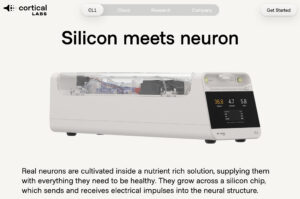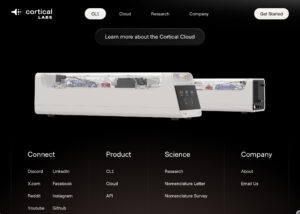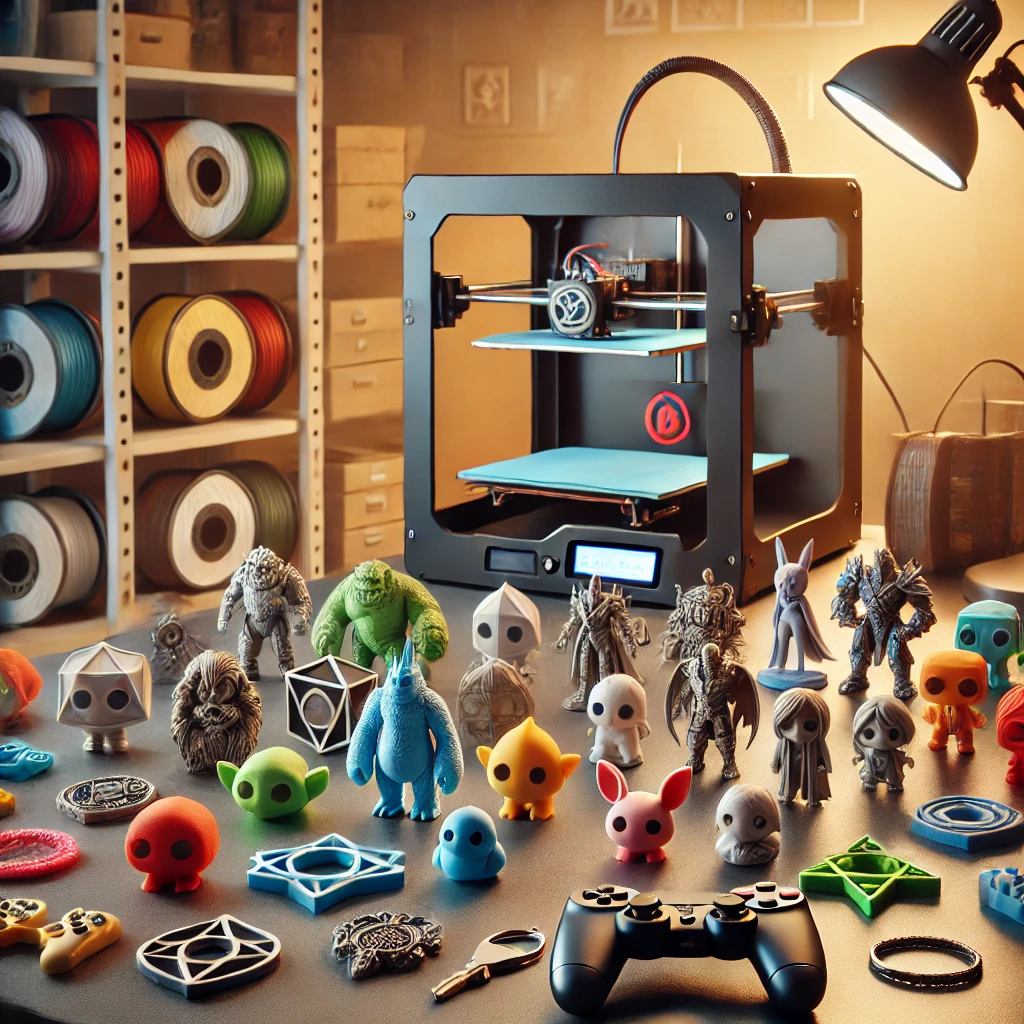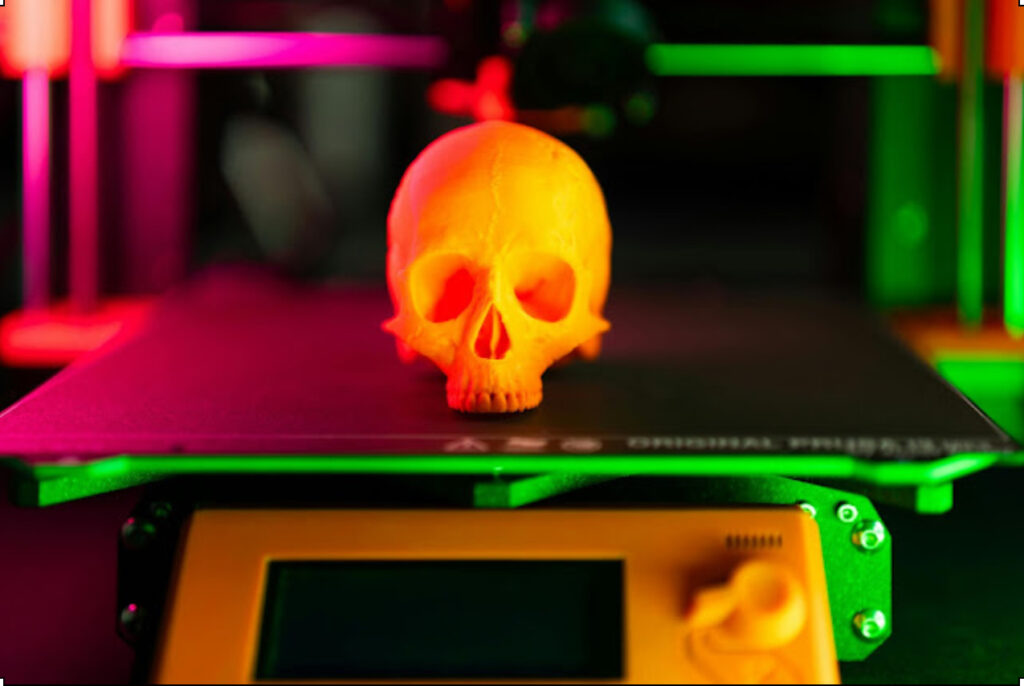From Silicon to Living Tech: CL1 Is the World’s First PC Made with Living Cells

*Photo from CorticalLabs website.
The CL1 marks a major shift in computing technology: the world’s first commercially available biological computer that uses living human brain cells to process information. This groundbreaking device promises faster, energy-efficient processing and unprecedented applications—while also raising complex ethical questions.
In this article, we’ll explore what CL1 is, how it works, possible applications, and the future it heralds in the realm of bio-integrated computing.
What is CL1?
The CL1 is developed by Australian startup Cortical Labs and unveiled at the Mobile World Congress in March 2025. It combines lab-grown human neurons with silicon, creating a hybrid “body-in-a-box” system that integrates biological tissue with conventional computing.
It features thousands of biological neurons grown from human stem cells atop a silicon chip that interfaces directly with software code—enabling bidirectional communication between living cells and computer systems.
How does CL1 work?
At the core of the CL1 is a device that supports neurons in a nutrient medium for up to six months, controlling temperature, waste filtration, and gas exchange.
It runs on a proprietary Biological Intelligence Operating System (biOS) that simulates environments, sends electrical stimuli to neurons, and reads their responses in real time—forming a closed biological-computational loop.
Main features of CL1
- Neurons grown on a silicon chip, forming a biological neural network
- Self-contained life-support system keeping cells viable up to six months
- Energy-efficient: about 850–1,000 W per rack versus megawatts for traditional AI systems
- Plug-and-play interface with USB, touchscreen, and Cortical Cloud access for remote researchers
- Estimated price of around $35,000, with units available in mid-2025 and cloud-based options as a service
Why CL1 is groundbreaking
The CL1 offers several key advantages:
- Organic learning: its neurons learn adaptively, as previously shown with DishBrain playing Pong;
- High energy efficiency: consumes far less power than GPU-heavy AI systems—about 1 kW vs. megawatts;
- Sustainability and ethics: avoids animal testing and models human neural responses directly;
Potential applications for CL1
The CL1 is gaining interest across sectors:
- Medical research: studying neurodegenerative diseases, modeling Alzheimer’s or Parkinson’s, and evaluating drug responses;
- Drug discovery: measuring real-time neural response to compounds with higher fidelity than animal models;
- Low-power AI: organic networks could power adaptive systems with far less energy consumption;
- Bio-inspired robotics: embedding neuron-level adaptation in sensory and control systems;
Ethical and technical challenges
Despite its promise, the CL1 faces critical challenges:
- Neuron viability: maintaining healthy neural tissue for long periods remains complex;
- Scalability: deploying large-scale biological computing platforms requires advanced infrastructure and regulation;
- Ethics: while current neurons show no consciousness, the use of human cells for computation triggers questions about synthetic biological intelligence and moral oversight;
- Regulation needed: guidelines are essential to prevent misuse and establish standards for bio-computing.
The future of biocomputing with CL1

*Photo from CorticalLabs website.
The CL1 points toward a future where organic computers augment or coexist with current AI technologies. Its “Wetware-as-a-Service” model via Cortical Cloud will allow researchers to access biocomputers remotely without owning the hardware.
This could lead to hybrid devices combining biological efficiency with digital power—but only with responsible governance, policy alignment, and ethical transparency.
Frequently Asked Questions
- What is CL1?
CL1 is the world’s first commercial biological computer integrating living human neurons with silico hardware. - How much does it cost and when will it be available?
Its price is approximately $35,000, with units and cloud access available by mid-to-late 2025. - What can it do?
It’s suited for medical modeling, drug testing, low-power AI research, and bio-inspired robotics. - Are there ethical concerns?
Current consensus is that CL1’s neurons lack consciousness. However, ethical frameworks are essential as the technology evolves.
Conclusion
The CL1 ushers in a new era—from silicon computation to living organic computing. With self-learning neurons, energy efficiency, and rich potential applications across medicine and AI, CL1 stands as a milestone in bio-integrated technology.
As exciting as CL1 is, it challenges us to rethink intelligence, ethics, and the human-machine boundary. Its real impact will depend on responsible development, inclusive governance, and open scientific dialogue.



